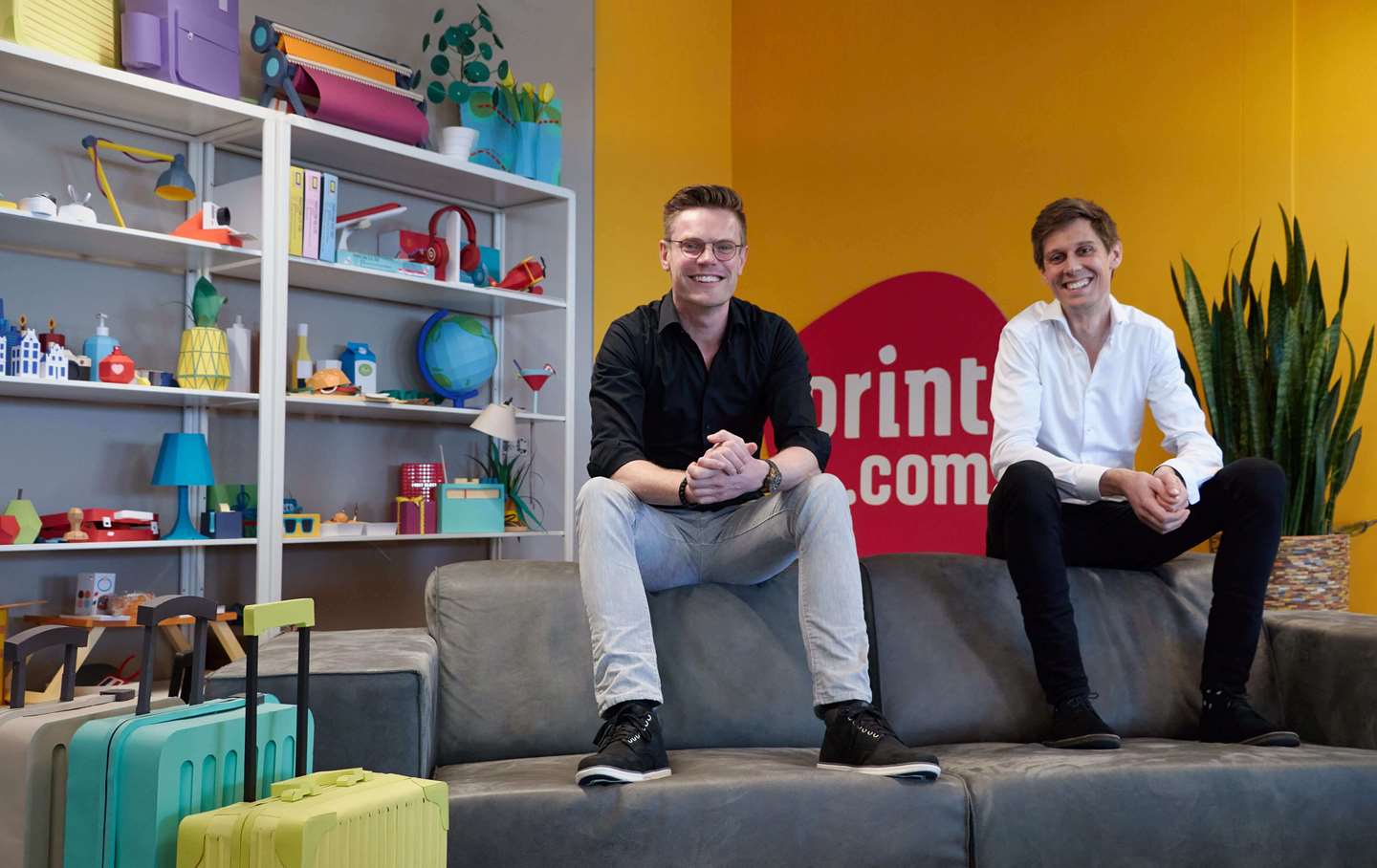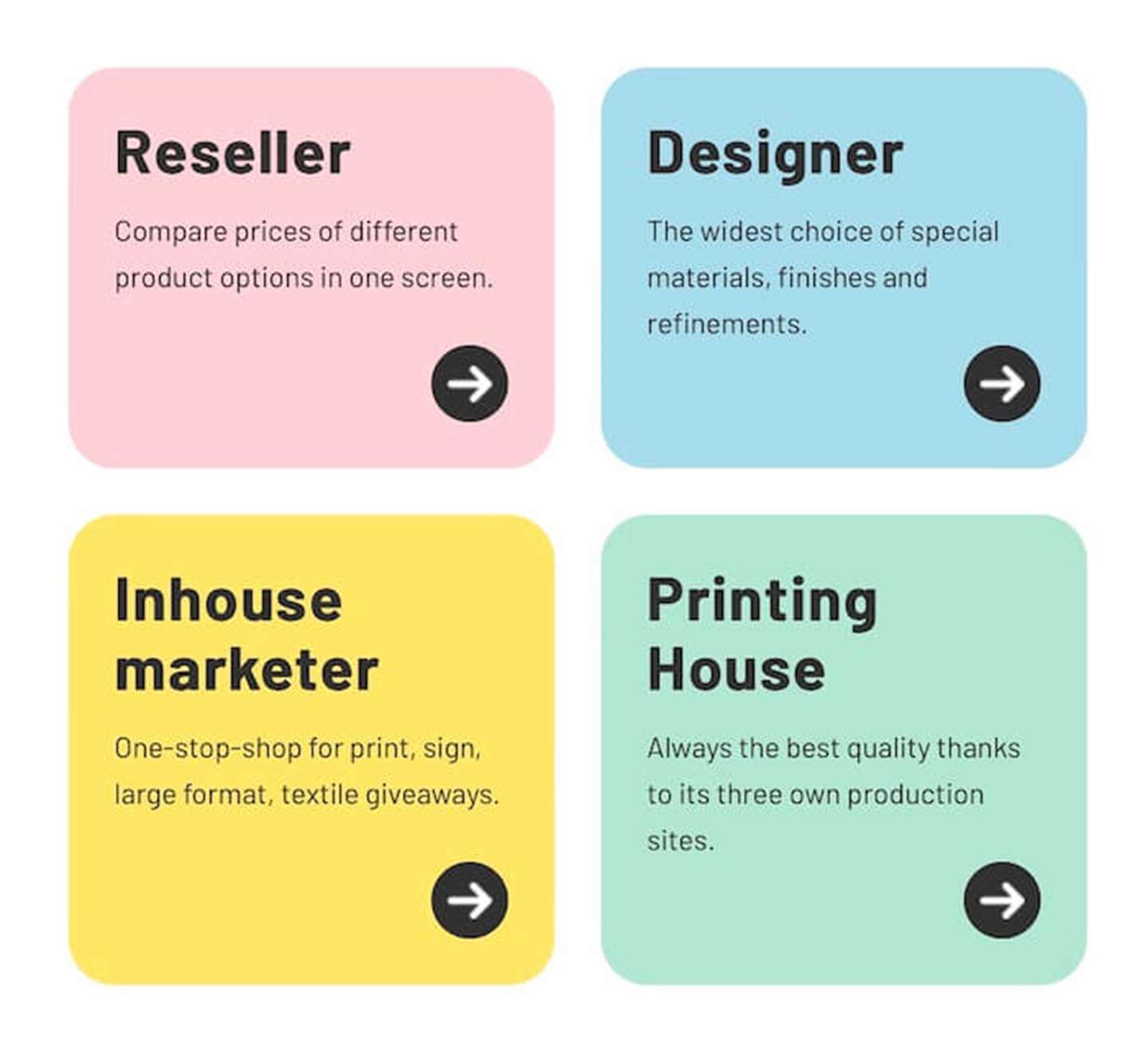At Print Power, our quest is to make people use print more. So what are the arguments against that are stopping advertisers from including print in their campaigns?
Is it the paradox of choice that goes against it? That choosing print is too complicated due to deciding which printer, which technology (offset or digital), which creative options like paper quality, paper weight, finish, brightness, recycled content, and whether it’s four or six colours? Multiple options weren’t a bad thing when agencies had a dedicated internal print manager to rely on who understood the printing process. But if marketers want to include a print channel, it’s too complicated or impossible for them to do as many of the print managers who they traditionally turned to for their expertise have left the industry. There’s now a knowledge gap within agencies and brands, meaning they either end up doing everything digitally, or they outsource the print to a production company who handles things like printer choice, paper quality, quantities and logistics. And even then, there’s a cloak of mystery around the decision-making process that means it’s still not transparent.
But what if you had a print tool that advised and guided you through the whole print process? Something that helped you make all of the above choices and took the complicated pain points out of the equation. Marco Aarnink is a well-known, successful and experienced entrepreneur in the printing industry. His new company Print.com is developing a tool that aims to simplify the whole operation, from choice right through to the final product. Print Power talked to founder Marco Aarnink and Chief of Co-Creation Juriaan van Beelen on how they’re setting the bar for the next level in online print…
Can you describe the journey that led you to buying the domain name Print.com and setting up your online printing platform?
Marco Aarnink
Until 2014 I had the printing web shop Drukwerkdeal, which I sold to Cimpress (parent company of Vistaprint). And I thought, I'm done with printing, because it's capital intensive, with so many barriers to entry. So when I bought the domain name Print.com in mid 2017, I didn’t have a plan to start in print all over again. It was more as a kind of real estate investment because many people forget how important it is to trade in domain names like you do with real estate.
I didn’t expect to still have a passion for print, but years later, I really missed the emotion and the creativity behind it. Meanwhile, out of the blue, the fact that Marco Aarnink bought the Print.com domain got a lot of attention online because I paid a lot of money for it, and at the end of 2017, beginning of 2018, I thought it might be interesting to start again.
We already had a few employees who were about to start work on a financial web application. So I asked them to make a simple website with an image of some paper art. People were drawn to it, so much so that we had almost 6,000 subscriptions, with around 25 per cent from the US market.
The next thing we did was call those subscribers and ask them what attracted them to Print.com? We got so much information about what people were looking for in this market and why they were not able to buy their print needs online from the competition. It was this information that formed our business model in co-creation with customers on Valentine’s Day 2018. We immediately knew how important it was to start all over again in the print business, because there was still a huge demand for a new kid on the block. Print.com is going from strength to strength and is looking to expand from the Netherlands, Belgium, France and Germany to the US and beyond.



